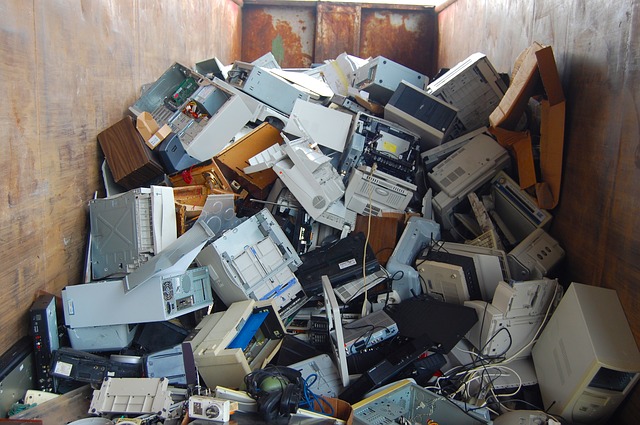
E-waste has emerged as a major environmental concern in recent years, accounting for a great deal of pollution. Needless to say, the problem has only grown over time, with the increasing use of electronic products. Sources of e-waste are plenty, ranging from individuals throwing away used mobile phones to commercial establishments getting rid of outdated equipment. However, regardless of its form, e-waste requires proper disposal and management.
What counts as e-waste?
E-waste is a rather broad term, incorporating any discarded electronic device or product with electrical components inside. The product may be faulty or may have reached the end of its life, or simply discarded due to any other reason. If you are wondering what is e waste, you can broadly divide e-waste into six major categories:
- Lamps
- Screens
- Telecommunication and small IT equipment
- Small equipment
- Large equipment
- Heating and cooling systems
In short, anything from malfunctioning light bulbs to outdated computers could count as e-waste. This should explain why e-waste has been growing by leaps and bounds. Almost everyone uses electronic products of some sort, be it household appliances or smartphones. Eventually, the devices wouldn’t be useful anymore and would have to be discarded.
Why is e-waste an environmental issue?
The environmental impacts of electronic waste are immense. Almost every electronic device contains metals, that when buried underground, start having adverse effects. One must remember that electronic products contain a variety of toxic materials like lead, mercury cadmium, beryllium, etc.
As long as the devices stay on the surface in regular conditions, they do not pose a threat as the toxic materials remain contained. However, once these materials leak out due to improper disposal, they can prove to be hazardous. Here is how e-waste affects different elements of the environment:
1. Soil
Improper and illegal disposal of e-waste in landfills can have severe implications on the soil and groundwater. Through a process known as leaching, microscopic traces of toxic materials mix with the sludge at the bottom of the landfill. Eventually, these materials seep deep into the soil and reach contaminate the groundwater. Upon contaminating the soil, these toxins eventually make their way into the food chain.
2. Water
After the soil, leaching starts to contaminate the water as well. The toxic groundwater eventually reaches other natural water sources like rivers, ponds and lakes. The traces of the toxic minerals start acidifying and toxifying the water, severely hampering the ecosystem. Eventually, it can take the toxicity levels of the water to a stage beyond recovery.
3. Air
Burning low-value electronic waste to destroy them or extract valuable metals like copper can have severe implications on the air quality. A variety of toxins, dust particles and other pollutants mix into the air during combustion. Often released as fine particles, these pollutants can end up travelling long distances through the air.
Besides resulting in poor air quality, they also have direct health implications for humans and wildlife, including neurological damage. Exposure to toxins released from e-waste can prove to be extremely dangerous to individuals suffering from cancer and other chronic diseases.
E-waste can, therefore, cause severe air, water and soil pollution and have detrimental effects on the flora and fauna alike.
How hazardous is e-waste to humans?
Due to the fact that e-waste basically comprises of electronic devices and appliances that we use in our day-to-day lives, it is easy to overlook the hazards. However, in addition to the environmental impacts, the toxic materials from e-waste also prove extremely hazardous for humans too. They can potentially result in severe damages to the:
- Brain
- Liver
- Heart
- Kidney
- Skeleton
The toxins can also affect the reproductive and the nervous systems, with the problems passing on through birth defects.
How can you do your part to reduce e-waste?
Businesses and individuals can always do their part to reduce e-waste through better waste management. Plenty of electronic components are recyclable and can make their way back into the market through other products.
All you need to do is deposit your electronic waste at a recycling centre near you. In case there are no nearby recycling centres or you simply avoid the hassle, skip bin hire Sydney is a good alternative. The leading companies offering skip bin waste collection services ensure the proper recycling and disposal of e-waste.
